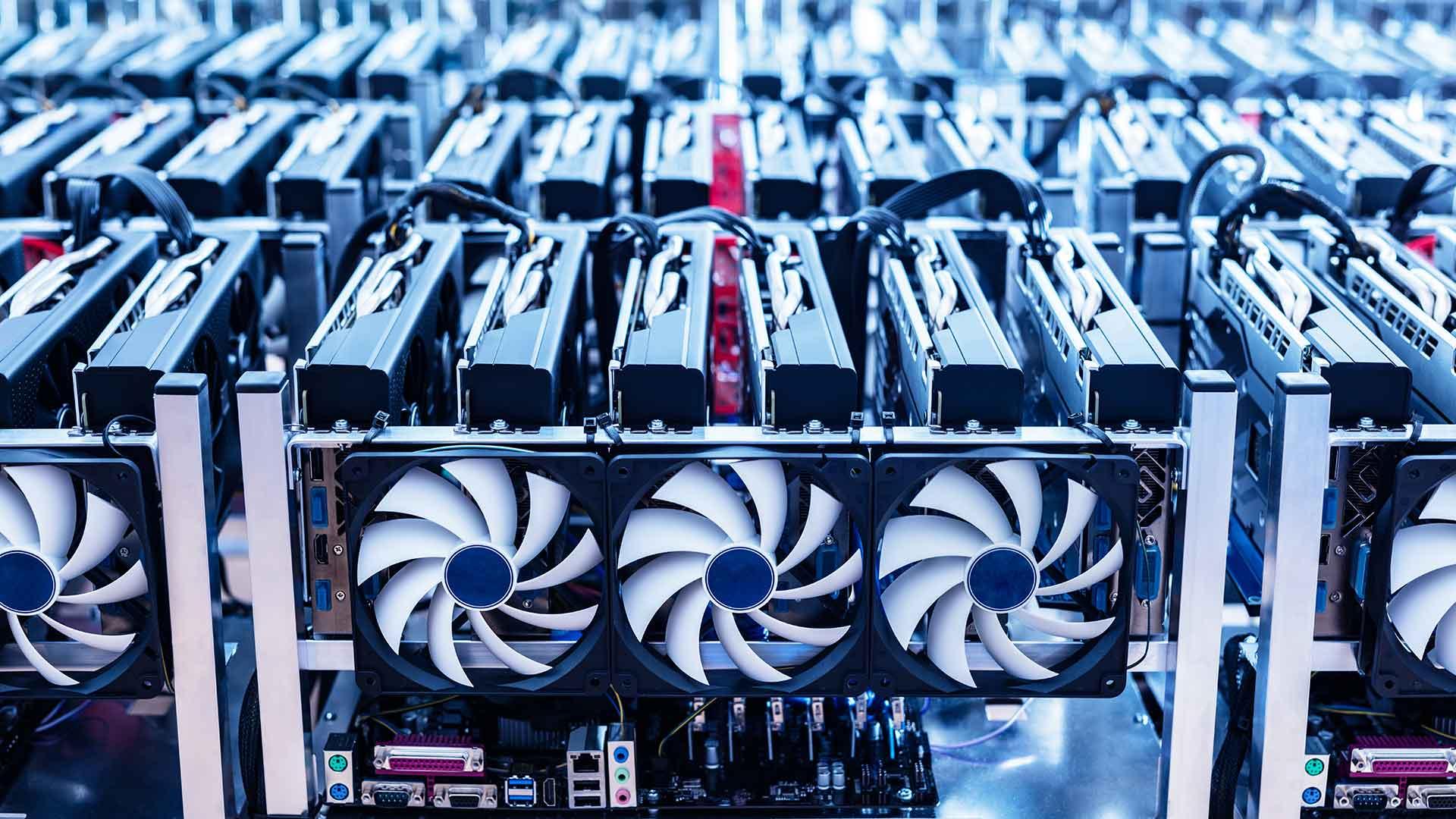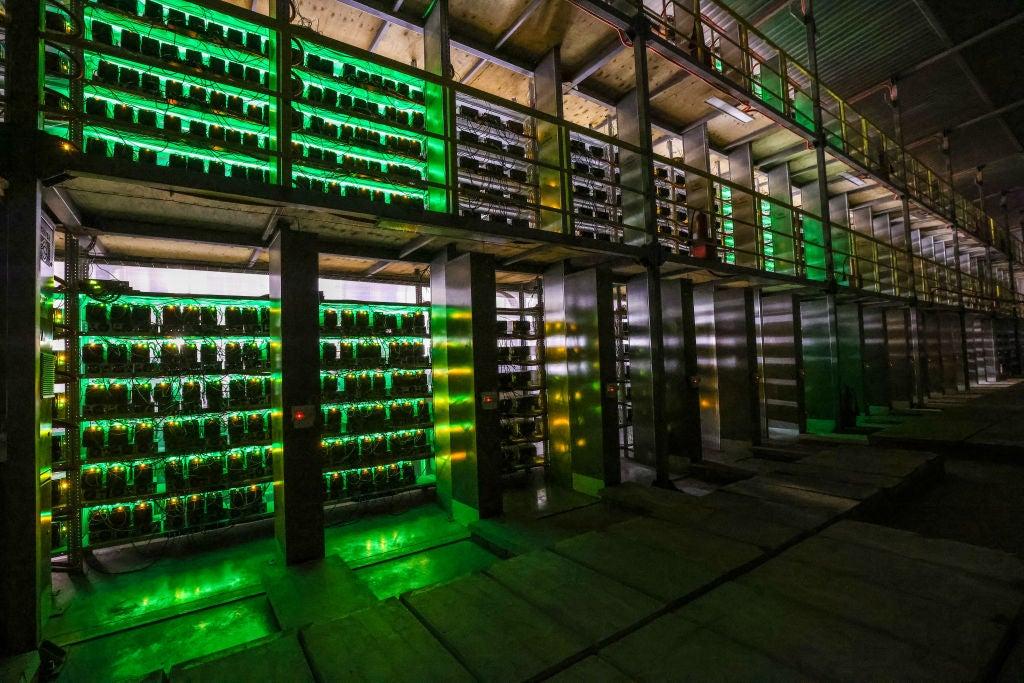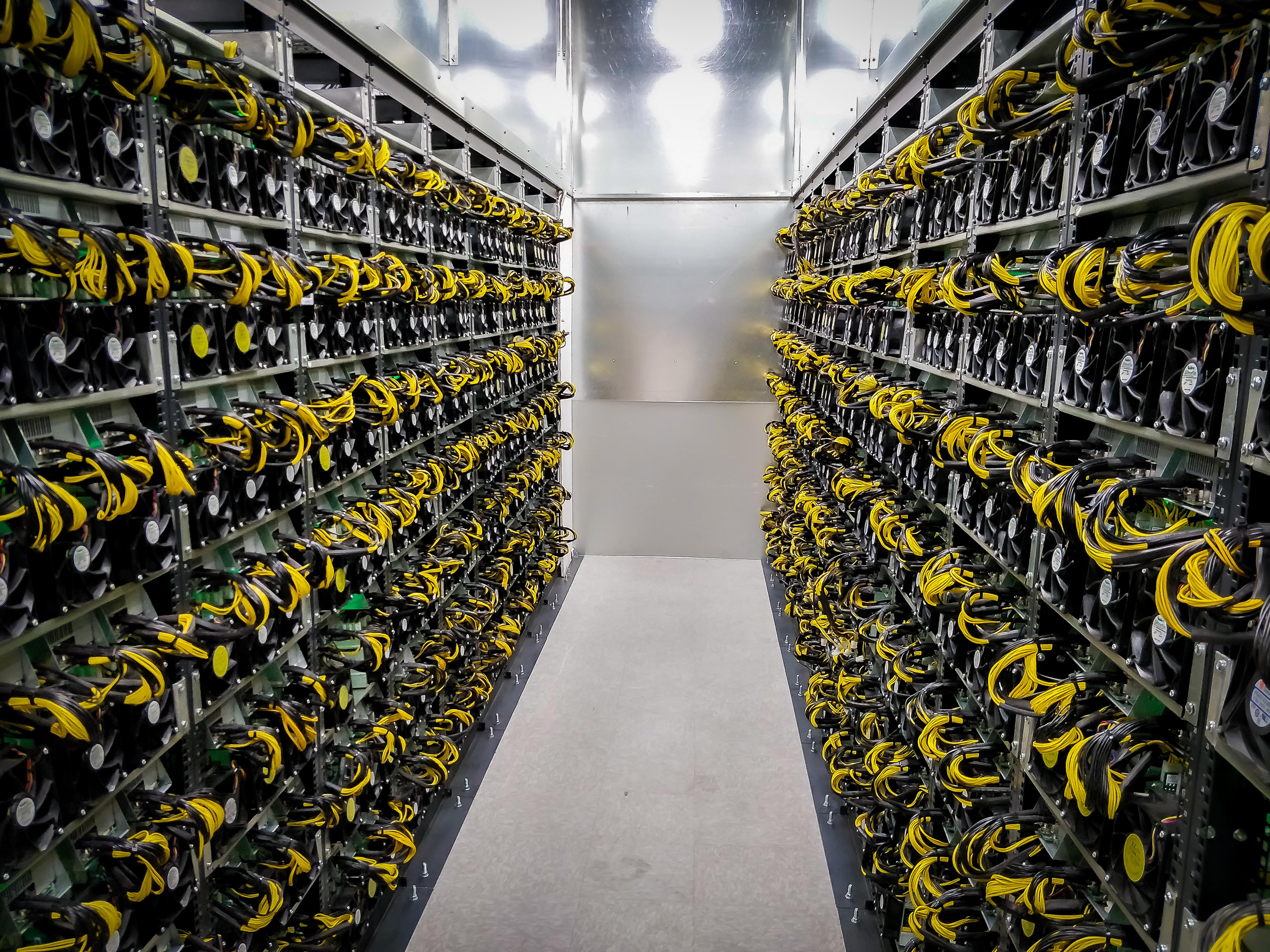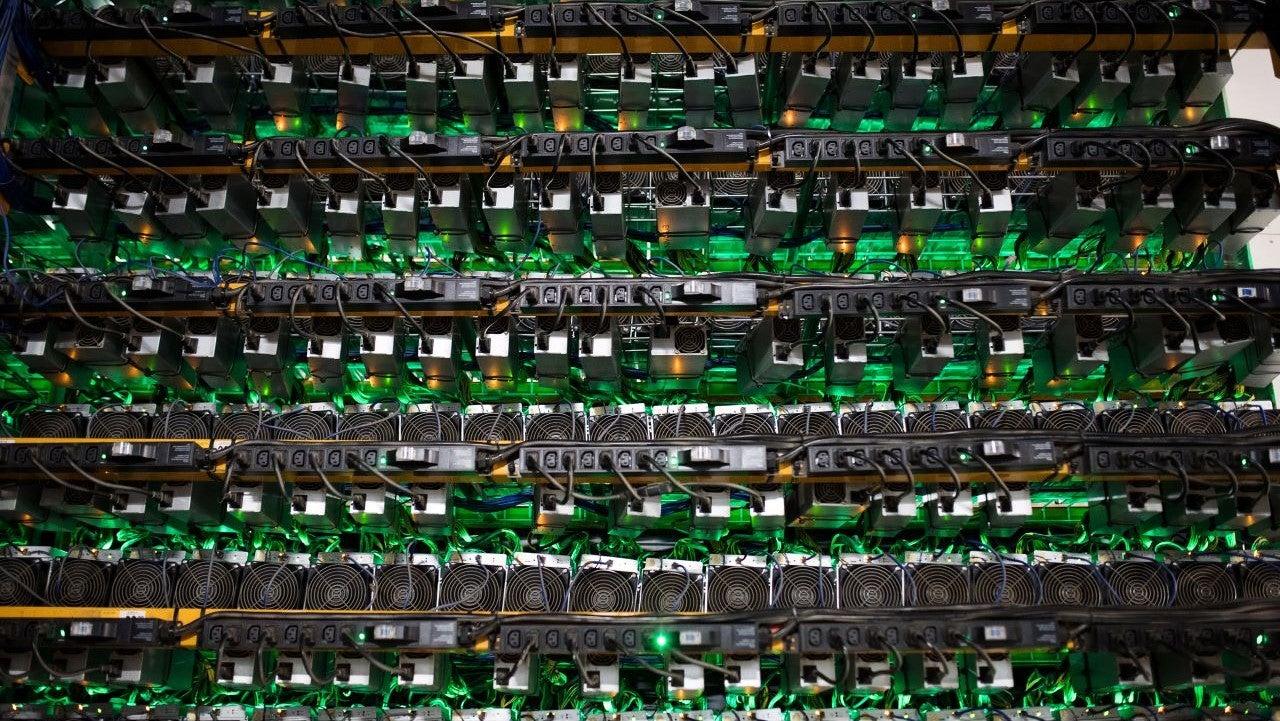In the ever-evolving landscape of technology and finance, a phenomenon has emerged that is capturing the attention of investors, technologists, and environmentalists alike—Bitcoin mining. Often likened to a modern-day gold rush, this intricate process of validating transactions and creating new coins has revolutionized how we perceive currency, value, and the very infrastructure of our digital economy. But what exactly is Bitcoin mining, and why has it sparked such fervent debate and interest?
In this article, we will peel back the layers of this complex, often misunderstood world, shedding light on the mechanics, motivations, and implications of Bitcoin mining. From its origins in the early days of cryptocurrency to its current status as a multi-billion-dollar industry, we will explore the technology and human ingenuity behind the quest for digital gold. Join us as we navigate the depths of this virtual frontier, revealing the opportunities and challenges that lie ahead in this captivating realm of possibilities.
The Evolution of Bitcoin Mining: From Niche to Mainstream
The journey of Bitcoin mining has transformed remarkably since its inception. Initially perceived as an obscure activity meant for tech enthusiasts, it was a niche dominated by individuals operating from their homes using standard computers. As Bitcoin gained traction, early miners capitalized on their foresight, leading to a meteoric rise in the cryptocurrency’s value. This change attracted a surge of participants, hastening the shift from individual mining to large-scale operations. Mining farms equipped with specialized hardware began to emerge, leveraging the advancements in technology to enhance computational power and efficiency.
Today, Bitcoin mining stands at the center of the cryptocurrency ecosystem, evolving into a significant economic sector. Major players, including data centers and investment firms, have entered the fray, attracted by the prospect of high returns. This evolution has sparked concern regarding energy consumption and environmental impacts, prompting discussions around more sustainable practices. Moreover, regulatory frameworks are beginning to shape the landscape, as governments weigh the economic benefits against potential drawbacks. The future of Bitcoin mining promises to be as dynamic as its past, balancing technological innovation with ecological responsibility.

Understanding the Environmental Impact: Balancing Profit and Sustainability
The rapidly expanding realm of cryptocurrency, particularly Bitcoin mining, has sparked a significant conversation around the ecological ramifications of this digital gold rush. As miners compete for rewards, the energy consumption associated with mining operations has surged, leading to intense scrutiny from environmental advocates. The pressing issue lies not only in the carbon footprint associated with traditional mining but also in exploring avenues for more sustainable practices. Key factors impacting the environment include:
- Energy Source: The type of energy used for mining—fossil fuels versus renewable sources—dramatically affects the environmental impact.
- Geographical Factors: Locations with cooler climates can improve efficiency and reduce energy consumption.
- Technological Advances: The development of more energy-efficient mining hardware is essential for minimizing ecological harm.
To achieve a balance between profitability and sustainability, the industry must pivot towards more responsible practices. Innovative solutions, such as harnessing excess energy from renewable sources or utilizing heat generated from mining for other productive uses, are steps in a promising direction. Considering the following strategies can bolster sustainability:
| Strategy | Description |
|---|---|
| Renewable Energy Adoption | Transitioning to solar, wind, or hydroelectric power to minimize carbon emissions. |
| Efficiency Improvements | Investing in advanced mining rigs that consume less energy while maintaining output. |
| Community Integration | Collaborating with local ecosystems to ensure responsible resource management. |

Essential Tools and Techniques: A Beginners Guide to Successful Mining
To embark on your Bitcoin mining journey, it’s paramount to arm yourself with the right tools. At the heart of mining is a robust mining rig, which can range from a powerful ASIC miner to a GPU setup, depending on your budget and goals. Alongside your hardware, you’ll need reliable mining software that connects your rig to the blockchain. Popular options include CGMiner, Braiins OS, and BeePool, each offering varying capabilities tailored to novice and seasoned miners alike. Don’t forget the importance of a good power supply unit (PSU) to ensure your mining tools operate at optimal efficiency.
In addition to hardware and software, staying informed about the ever-evolving mining landscape is essential. Mining requires a solid understanding of blockchain technology, and gaining insights into the current market trends is vital for decision-making. Joining a mining pool can significantly enhance your chances of success, as it allows miners to combine their processing power and share rewards. Here’s a quick look at some reputable mining pools you might consider:
| Mining Pool | Fee (%) | Hash Rate |
|---|---|---|
| Slush Pool | 2.00 | 13.6 EH/s |
| F2Pool | 2.50 | 30 EH/s |
| Antpool | 1.00 | 22 EH/s |

Future Trends in Bitcoin Mining: Innovations and Opportunities Ahead
The future of Bitcoin mining is on the brink of exciting transformations, driven by technological advancements and increased sustainability efforts. As the global focus on renewable energy intensifies, mining operations are pivoting towards greener solutions. Innovations in hardware, such as ASIC miners with enhanced efficiency, are making it possible to reduce energy consumption while maximizing output. Moreover, the integration of artificial intelligence into mining algorithms is streamlining operations, allowing for better decision-making and reducing downtime through predictive maintenance.
As the digital landscape evolves, new opportunities are emerging for miners and investors alike. The rise of decentralized finance (DeFi) may lead to increased demand for Bitcoin, further incentivizing innovations in mining techniques. Companies are exploring collaborations with energy providers to develop mining facilities that leverage excess energy, thus lowering costs while contributing to grid stability. This could pave the way for a more resilient mining ecosystem, characterized by a diverse range of partnerships aimed at fostering sustainability and growth.
Final Thoughts
As the dust settles on the intricate world of Bitcoin mining, it becomes increasingly clear that this digital gold rush is reshaping our understanding of wealth, technology, and the future of finance. What began as an obscure endeavor has evolved into a complex ecosystem that intricately weaves together innovation, risk, and opportunity.
For investors, tech enthusiasts, or the merely curious, diving into Bitcoin mining offers not just a glimpse into financial potential but also an invitation to explore the broader currents of change in our society. As we navigate the balance between sustainability, regulation, and technological advancement, the narrative of Bitcoin mining continues to unfold.
In this ever-evolving landscape, knowledge is your greatest ally. Remember, whether you see Bitcoin as a beacon of financial freedom or a speculative asset, understanding the nuances of its mining process is crucial to making informed decisions. As we stand on the brink of this digital frontier, the question remains: what role will you play in the unfolding saga of Bitcoin? The choice, as always, is yours.

